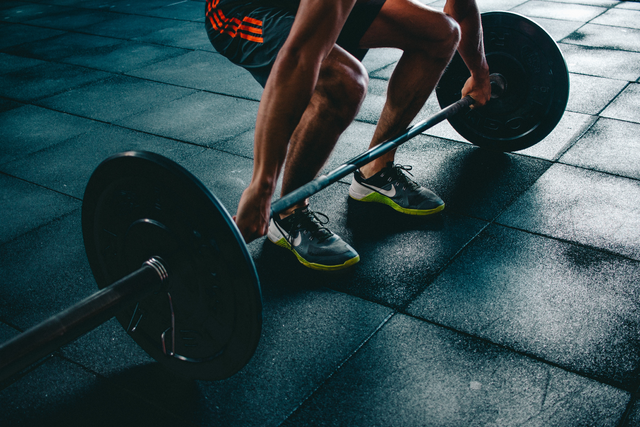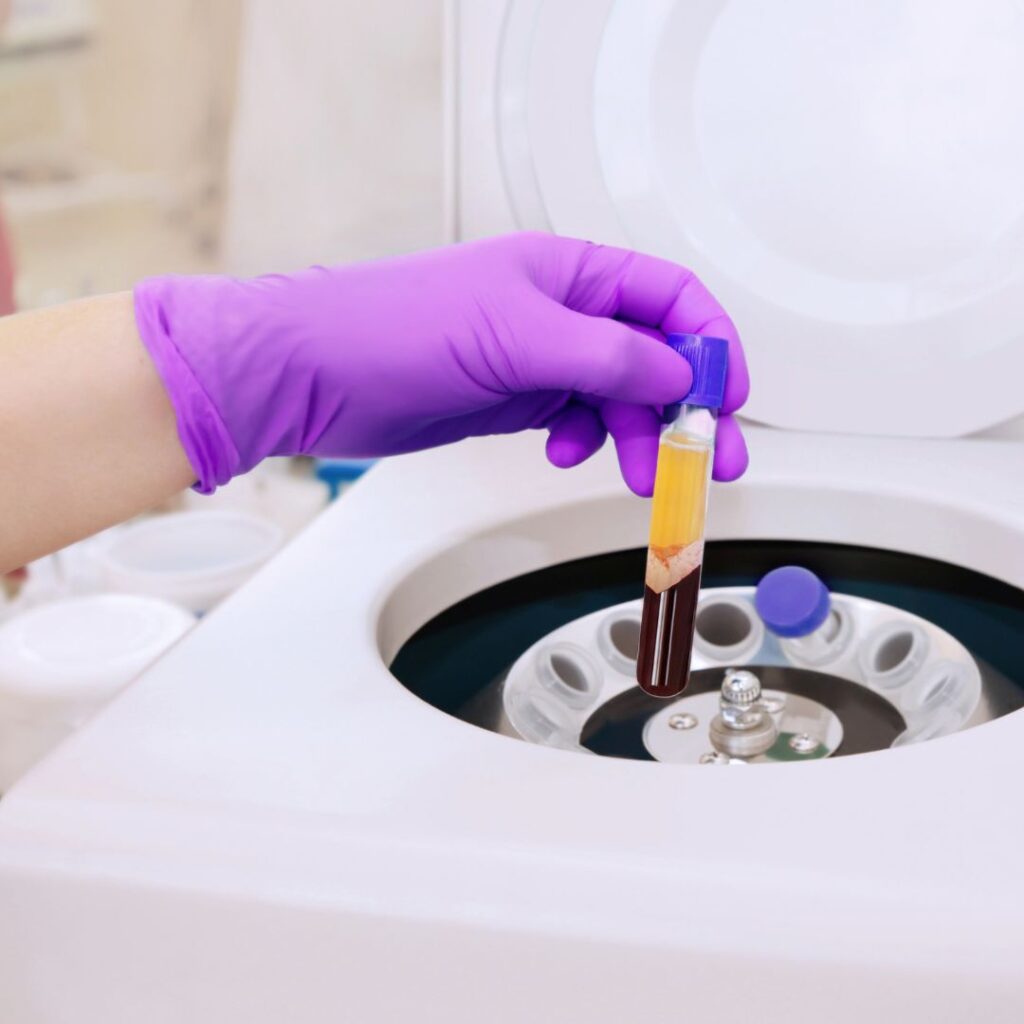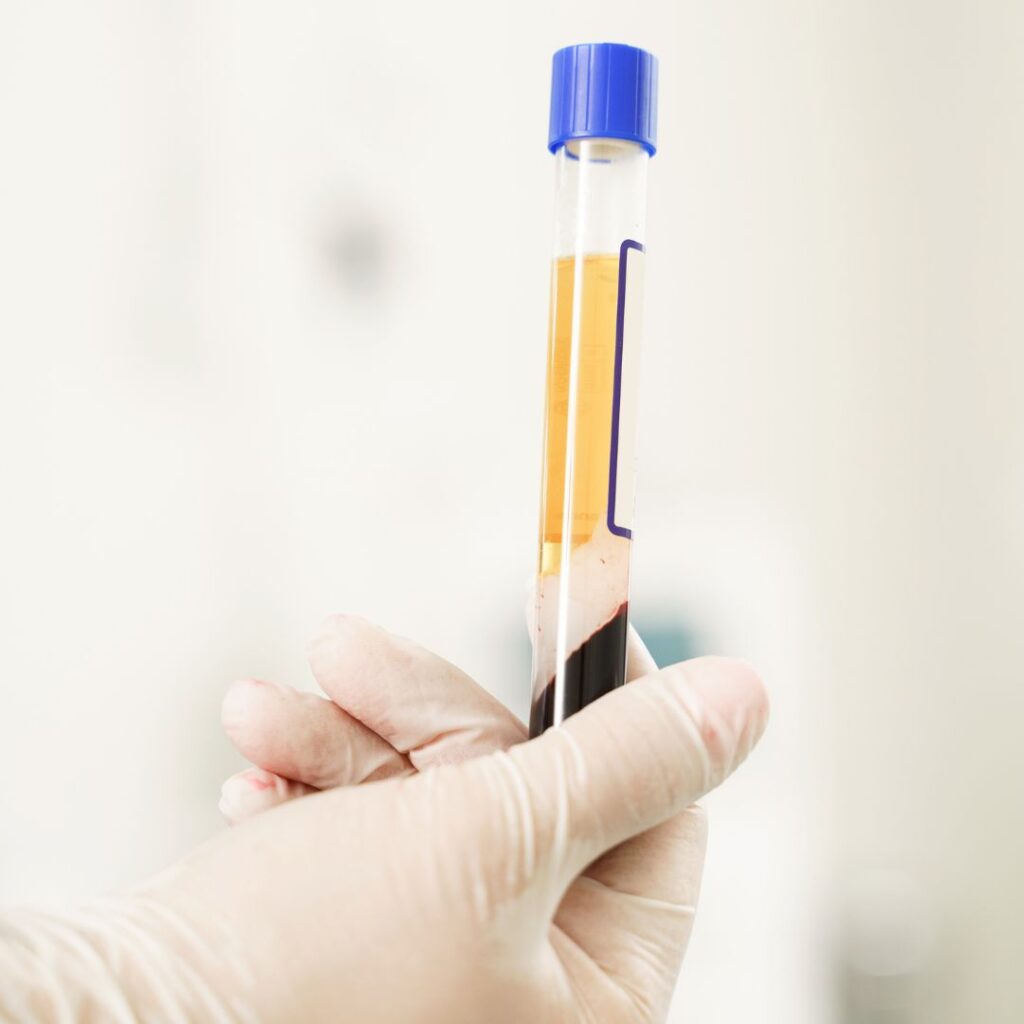
Exercise physiology is all about how the human body responds to exercise. Understanding exercise physiology can help us reach our fitness goals faster.
How the Human Body Responds to Exercise
If you have spent any time around the gym world, you may have heard of exercise physiology. But, what exactly is it?
Exercise physiology is all about understanding how our bodies respond and adapt to physical activity and exercise. Exploring how we can push our limits and improve our fitness through movement is a fascinating topic that can explain why your body feels specific ways during and after workouts.
In this blog post, we’ll dive into the basics of exercise physiology and explore how it can help you reach your fitness goals.
The Three Energy Systems
Exercise physiology begins with understanding the three energy systems that your body uses to create energy. The phosphagen system, the glycolytic system, and the oxidative system make up these three systems.
-
The phosphagen system energizes our muscles during quick bursts of high-intensity exercises like short sprints.
-
The glycolytic system is used for moderate to high-intensity exercise, like weightlifting or interval training.
-
The oxidative system is used for low- to moderate-intensity exercise, like jogging, vinyasa yoga or cycling.
Understanding these energy systems can help you tailor your workouts to meet your goals.
The All-Important Muscles
Your muscles are key players in exercise physiology. When you exercise, your muscles contract and create force. This force causes tension on your bones, which creates movement. Over time, your muscles can adapt to this stress by growing larger and stronger. This is known as muscular hypertrophy. The more muscle you have, the more energy your body burns, even at rest. That’s why strength training is so important for weight loss and overall health.
The Cardiovascular System
The cardiovascular system delivers important nutrients and oxygen to your muscles during exercise. When you work out, your heart and breathing rates increase, transporting more oxygen to your muscles. Over time, cardiovascular exercise can help improve the efficiency of your heart and lungs and even lower your risk of heart disease.
The Mind-Body Connection
Exercise physiology also explores the important connection between your mind and body during exercise. Your brain plays an important role in regulating your heart, breathing, and muscle activity during workouts. But, your mindset can also influence how your body responds to exercise. For example, a positive attitude can help improve performance and motivation.
The Importance of Recovery
Finally, exercise physiology teaches us about the importance of recovery in fitness. After a workout, your body needs time to repair and rebuild muscle tissue. That’s why rest days are just as important as workout days. Proper nutrition, hydration, and sleep are also key components of recovery. Neglecting recovery can lead to overtraining, injury, and burnout.
Conclusion
Exercise physiology is a complex and fascinating field, but understanding its basics can help you take your fitness to the next level. By understanding how your body responds to exercise, you can customize your workouts to align with your personal goals. Whether you’re looking to build muscle, increase cardiovascular health, or just improve overall fitness, exercise physiology has something to teach you.

The phosphagen system energizes our muscles during quick bursts of high-intensity exercises like short sprints. The oxidative system is used for low- to moderate-intensity exercise, like jogging (pictured above).





